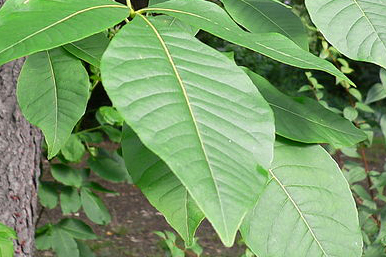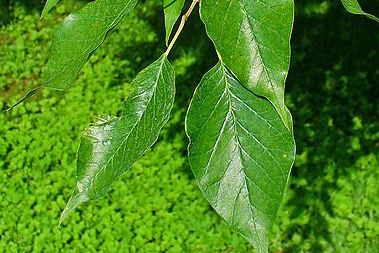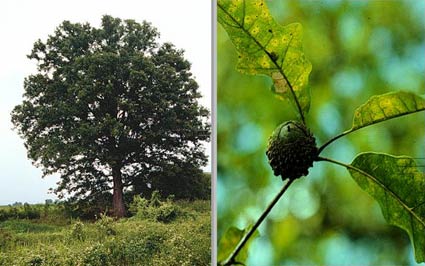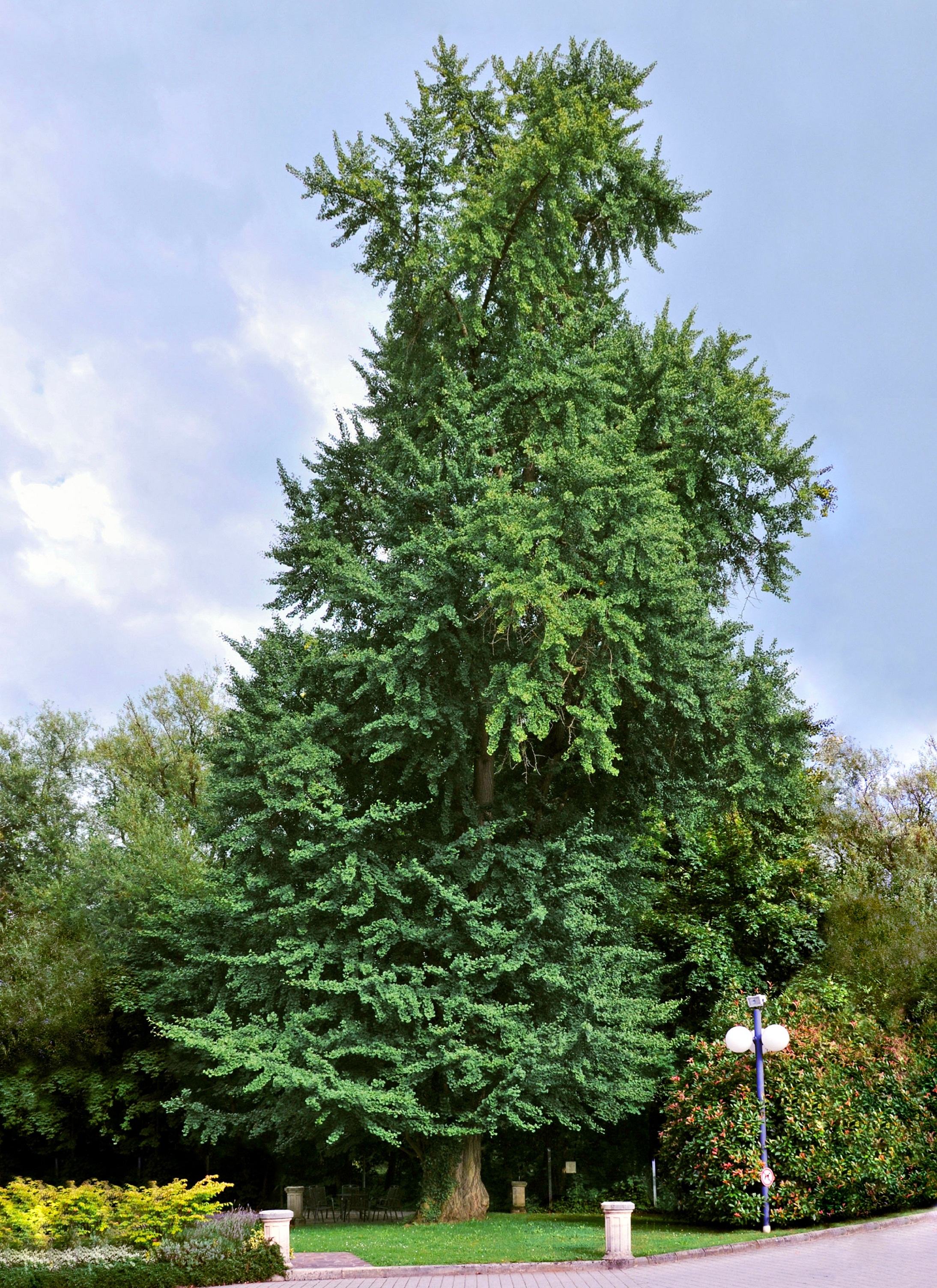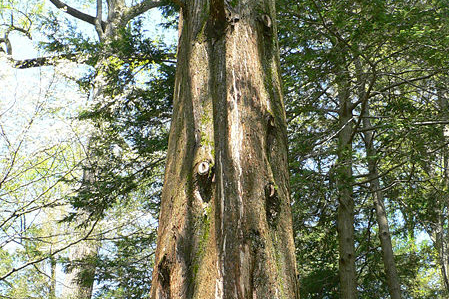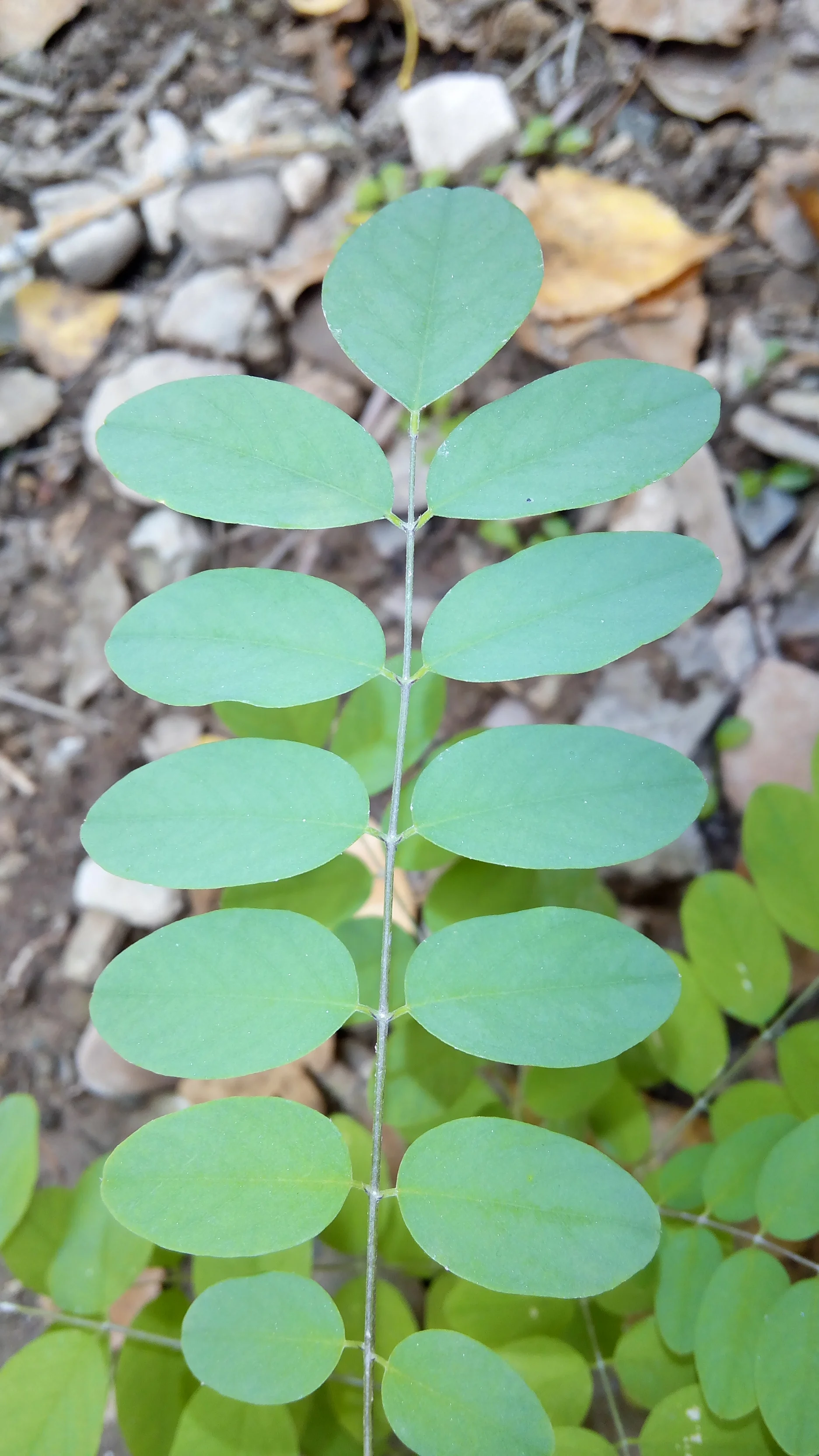General Info
Latin Name - Ptelea trifoliata
Native Range - Ontario and New York to Florida, west to Minnesota and parts of Colorado and Arizona
Growth Rate - Medium
Mature Height - 15 – 20’
Mature Spread - 15 – 20’
Arborist Thoughts
A great native plant that can perform well in full sun to full shade, Wafer Ash is easy to grow, adaptable, and should be considered for the small landscape or as a street tree in areas with low hanging utilities.
No significant pest or disease problems
Host to Giant Swallowtail butterfly
Fruit of wafer ash has been used as a substitute for Hops and is sometimes referred to as Hoptree.

